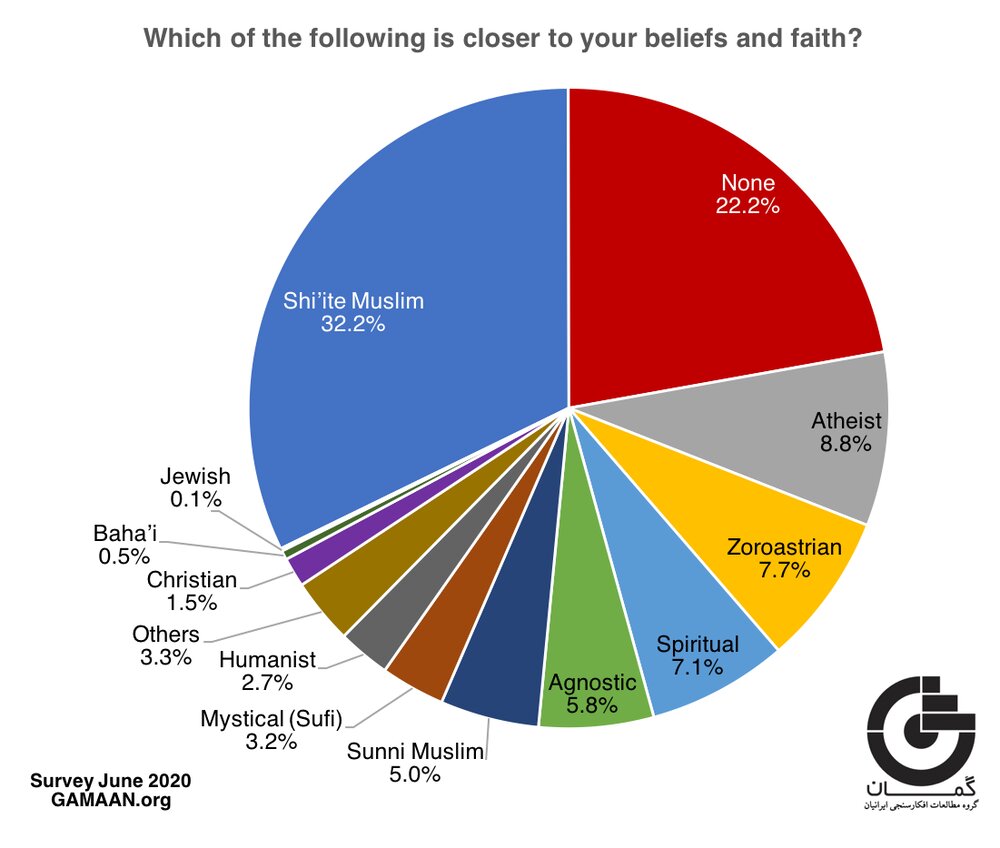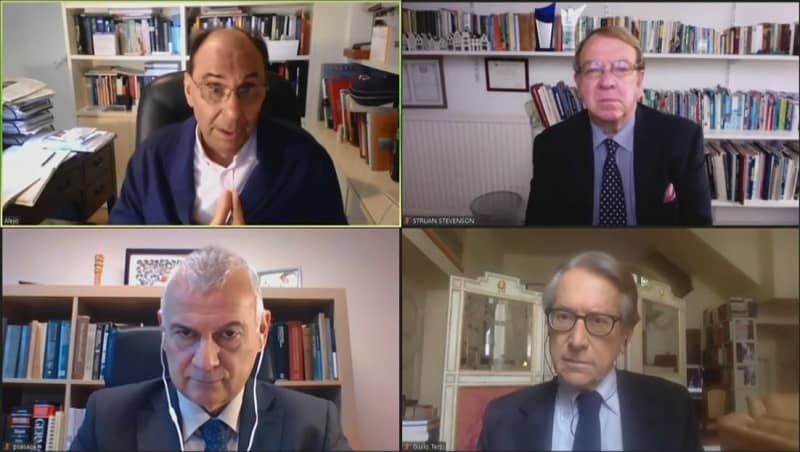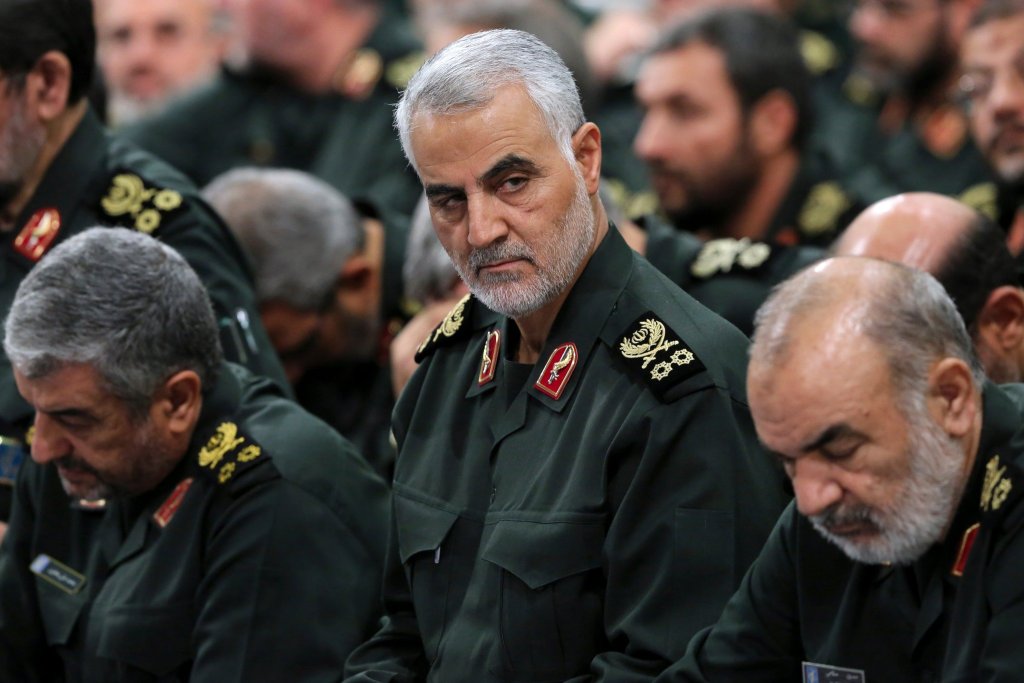Articles
Wed 16 Jun 2021
Iran’s presidential election on June 18 is expected to have the lowest turnout of any election to date and the implications are likely to extend far beyond the ballot box. The official voter turnout in post-revolutionary Iranian presidential elections is typically around 50-85%, which is relatively higher than for parliamentary elections. Of course, the official statistics are quite different from the real ones, especially for the elections between 1981 and 1993, but the official data cannot hide the general trends in the electorate’s behavior. The last parliamentary election in 2020 showed a drastic decline in total turnout in 30 out of 31 provinces. According to official numbers from the Ministry of the Interior, turnout was just 42.57%, the lowest of any election in the Islamic Republic’s history. Driving that historic decline was a growing sense among different segments of society that elections do nothing to improve their lives or address the country’s major problems, like strengthening the economy, ending political deadlock and cultural isolation, and empowering civil society to combat corruption and inequality. The bloody suppression of the November 2019 protests and the lack of accountability for the shootdown of Ukraine International Airlines flight 752 deeply affected many Iranians and their willingness to turn out to vote.





